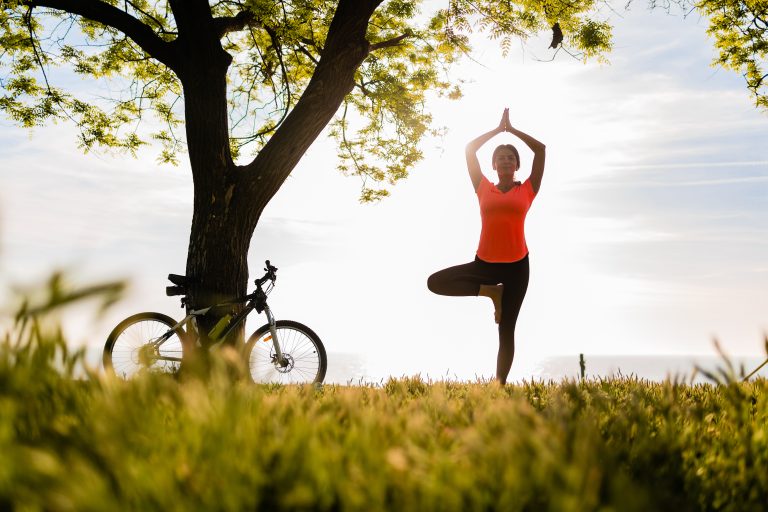How to Build a Sustainable and Minimalist Lifestyle
Building a sustainable and minimalist lifestyle involves intentional choices to live with less, reduce environmental impact, and focus on what truly matters. Here’s a step-by-step guide to help you cultivate this approach:
1. Define Your Values and Priorities
- Reflect on Your Goals: Identify why you want to pursue minimalism and sustainability—whether it’s to save money, reduce stress, protect the environment, or improve your quality of life.
- Align Actions with Values: Ensure your daily habits support what you value most, such as simplicity, conservation, or community.
2. Declutter with Purpose
- Start Small: Focus on one area at a time, like a closet or a drawer, to avoid overwhelm.
- Adopt the “One In, One Out” Rule: For every new item you bring into your life, let go of one you no longer need.
- Ask Key Questions: When decluttering, consider: Do I use this regularly? Does it add value to my life? Could someone else benefit from it more?
3. Choose Quality Over Quantity
- Invest in Durable Items: Buy fewer but higher-quality items that last longer, reducing waste and saving money over time.
- Prioritize Multifunctionality: Opt for versatile products, such as clothing or tools that serve multiple purposes.
4. Embrace Sustainable Consumption
- Shop Secondhand: Buy used items from thrift stores, online marketplaces, or community swaps.
- Support Ethical Brands: Choose companies with transparent, eco-friendly, and fair-trade practices.
- Avoid Impulse Purchases: Pause before buying to evaluate whether an item truly adds value to your life.
5. Reduce Waste
- Practice the 5 R’s: Refuse, Reduce, Reuse, Recycle, and Rot (compost).
- Minimize Single-Use Items: Replace disposable products with reusable alternatives like stainless steel water bottles, cloth bags, and bamboo utensils.
- Compost Food Scraps: Convert organic waste into compost for gardening or community projects.
6. Simplify Your Living Space
- Adopt a “Less Is More” Philosophy: Create a calming environment with fewer possessions and intentional decor.
- Use Space Wisely: Maximize natural light, organize efficiently, and leave open areas for breathing room.
7. Conserve Resources
- Reduce Energy Use: Switch to LED bulbs, unplug unused electronics, and consider renewable energy sources like solar panels.
- Save Water: Fix leaks, install water-efficient fixtures, and collect rainwater for plants.
- Choose Eco-Friendly Transportation: Walk, bike, carpool, or use public transportation whenever possible.
8. Cultivate Mindful Habits
- Be Present: Focus on experiences rather than possessions, such as spending time with loved ones or enjoying nature.
- Practice Gratitude: Appreciate what you already have to avoid the cycle of overconsumption.
- Set Intentions: Regularly evaluate how your choices impact your sustainability and minimalism goals.
9. Simplify Your Diet
- Eat Plant-Based Meals: Incorporate more plant-based foods, which typically have a lower environmental footprint than animal products.
- Buy Local and Seasonal: Support local farmers and reduce transportation emissions.
- Minimize Food Waste: Plan meals, store food properly, and use leftovers creatively.
10. Build Community and Share Resources
- Join Sharing Networks: Participate in tool libraries, clothing swaps, or car-sharing services.
- Support Local Businesses: Shop at farmers’ markets, local artisans, or zero-waste stores.
- Educate and Inspire: Share your journey with others to encourage collective action.
11. Stay Consistent and Flexible
- Adopt a Progress, Not Perfection Mindset: Small, consistent steps add up to meaningful change over time.
- Reevaluate Regularly: Periodically review your lifestyle to ensure it aligns with your goals and adjust as needed.
12. Focus on Experiences, Not Things
- Prioritize Memories: Spend on experiences like travel, classes, or outings rather than material goods.
- Practice Contentment: Enjoy simple pleasures, such as reading, hiking, or a cup of tea.
By combining sustainability with minimalism, you can lead a more meaningful, eco-friendly life while reducing stress and waste. Would you like tailored advice for specific areas, such as home organization, budgeting, or eco-friendly swaps?






